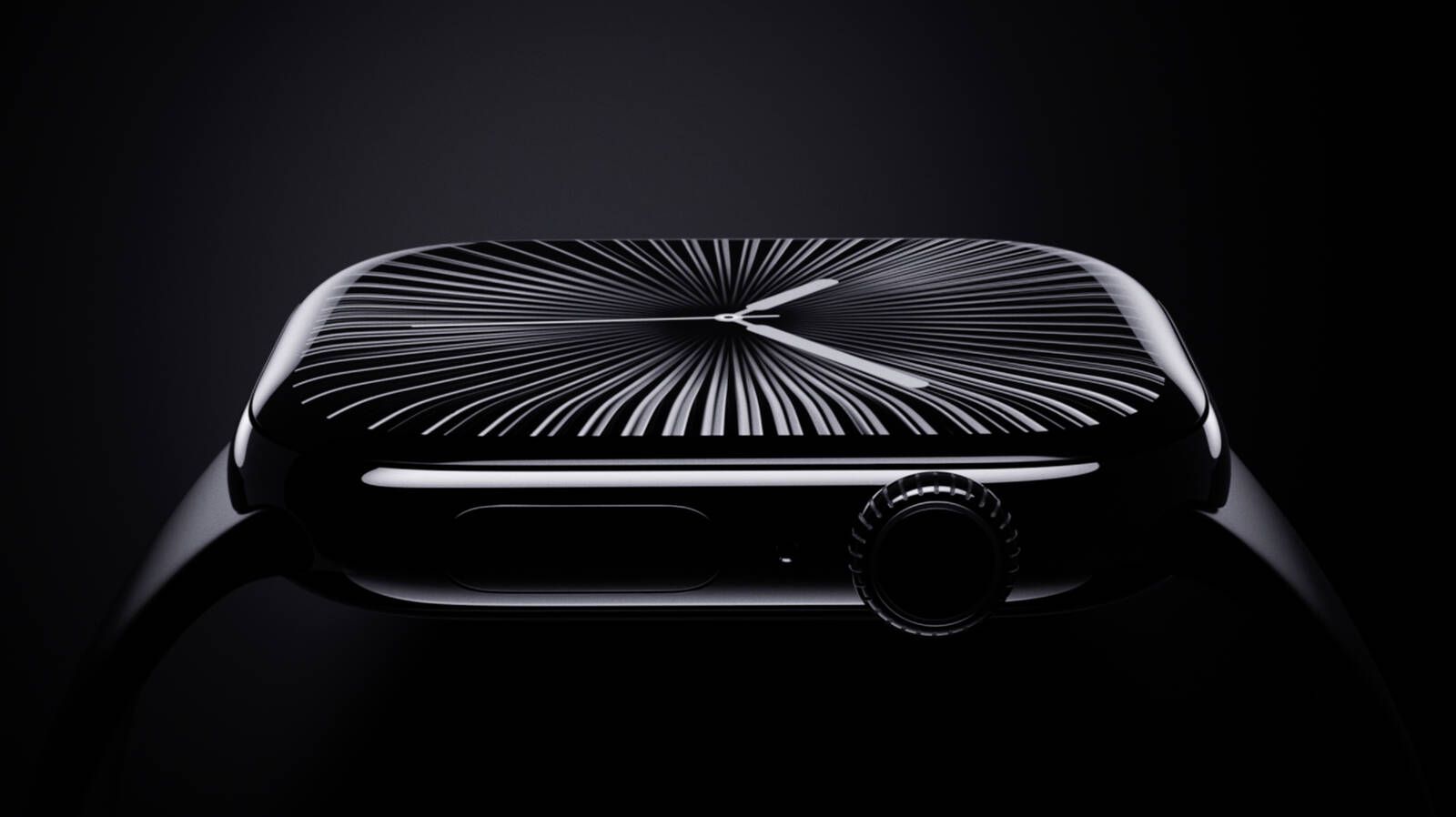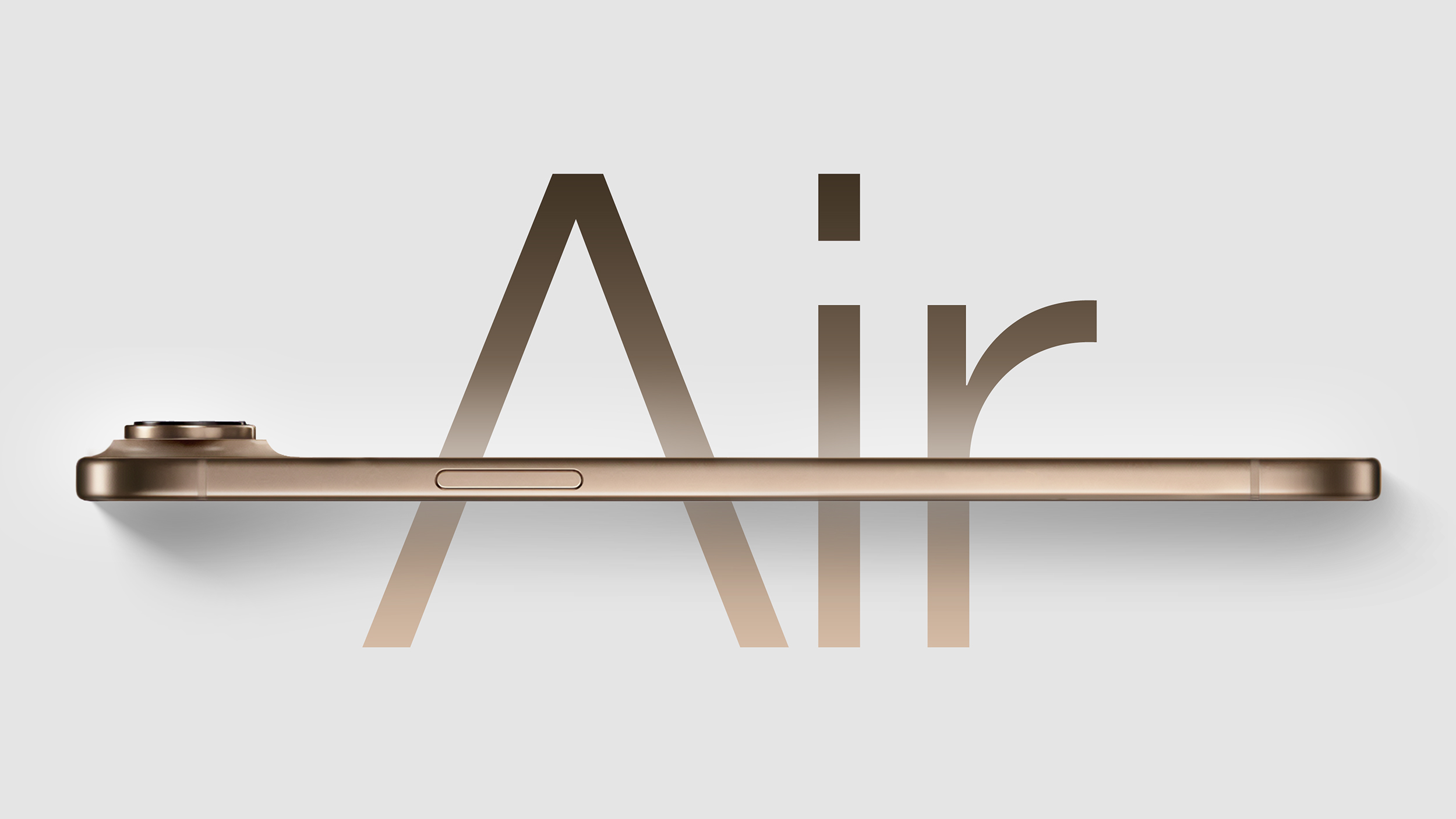
If you stumbled crossed Terence Broad's AI-generated artwork (un)stable equilibrium on YouTube, you mightiness presume he'd trained a exemplary connected the works of the creator Mark Rothko - the earlier, lighter pieces, earlier his imaginativeness became darker and suffused with doom. Like early-period Rothko, Broad's AI-generated images dwell of elemental fields of axenic color, but they're morphing, continuously changing signifier and hue.
But Broad didn't bid his AI connected Rothko; helium didn't bid it connected immoderate information astatine all. By hacking a neural network, and locking elements of it into a recursive loop, helium was capable to induce this AI into producing images without immoderate grooming information astatine each - nary inputs, nary influences. Depending connected your perspective, Broad's creation is either a pioneering show of axenic artificial creativity, a look into the precise psyche of AI, oregon a clever but meaningless physics by-product, person to guitar feedback than music. In immoderate case, his enactment points the mode toward a much originative and ethical usage of generative AI beyond the large-scale manufacture of derivative slop present oozing done our ocular culture.
Broad has heavy reservations astir the morals of grooming generative AI connected different people's work, but …
 (2).png)










 English (US) ·
English (US) ·